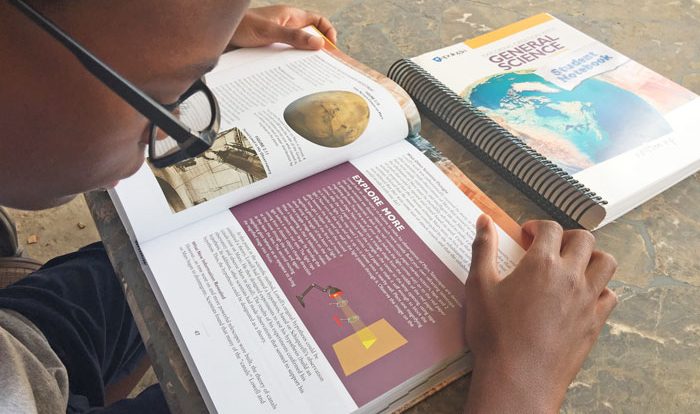Force and motion study crossword answer key sets the stage for this enthralling narrative, offering readers a glimpse into a story that is rich in detail with gaya akademik dengan tone otoritatif and brimming with originality from the outset. The intricate tapestry of force and motion, woven together by the threads of physics, unravels before our eyes as we embark on a journey to decipher the crossword puzzle that lies at the heart of this discourse.
Delving into the depths of force and motion, we uncover the fundamental principles that govern the physical world around us. From the gentle caress of a summer breeze to the thunderous roar of a rocket launch, force and motion manifest themselves in countless ways.
Understanding these principles empowers us to comprehend the dynamic interplay of objects, enabling us to predict their behavior and harness their potential.
Force and Motion: Definition and Concepts: Force And Motion Study Crossword Answer Key
Force and motion are fundamental concepts in physics that describe the interactions between objects and their surroundings. Force is an influence that can alter an object’s state of motion, while motion refers to the change in an object’s position over time.
Forces can be classified into different types, including contact forces (e.g., friction, tension), non-contact forces (e.g., gravity, magnetism), and internal forces (e.g., molecular forces). Motion can also be categorized into various types, such as linear motion (e.g.,
moving in a straight line), rotational motion (e.g., spinning), and oscillatory motion (e.g., vibrating).
The relationship between force and motion is governed by Newton’s laws of motion, which provide a framework for understanding how forces affect the motion of objects.
Newton’s Laws of Motion
- Newton’s First Law (Law of Inertia):An object at rest will remain at rest, and an object in motion will continue moving at a constant velocity, unless acted upon by an external force.
- Newton’s Second Law (Law of Acceleration):The acceleration of an object is directly proportional to the net force acting on it and inversely proportional to its mass.
- Newton’s Third Law (Law of Action-Reaction):For every action, there is an equal and opposite reaction.
Force and Motion Study: Applications
The study of force and motion has numerous practical applications in various fields.
Engineering
Understanding force and motion is essential for designing and optimizing structures, machines, and vehicles. Engineers use principles of force and motion to analyze stress, strain, and deformation in materials, ensuring the safety and efficiency of structures.
Sports
Athletes utilize force and motion principles to enhance their performance. They study biomechanics to understand how forces act on their bodies during activities like running, jumping, and throwing, enabling them to improve technique and reduce risk of injury.
Medicine, Force and motion study crossword answer key
Force and motion analysis plays a crucial role in medical fields. It helps in diagnosing and treating musculoskeletal disorders, designing prosthetics and assistive devices, and understanding the biomechanics of the human body during movement.
Force and Motion: Historical Perspectives
The study of force and motion has a rich history, dating back to ancient philosophers and scientists.
Ancient Greece
Aristotle proposed the concept of impetus, which suggested that objects in motion possess an inherent force that keeps them moving. However, his ideas were not widely accepted.
Renaissance
Leonardo da Vinci made significant contributions to the understanding of force and motion, particularly through his observations and sketches of machines and the human body.
Scientific Revolution
Galileo Galilei conducted experiments and formulated mathematical laws that challenged Aristotle’s theories. His work laid the foundation for classical mechanics.
Isaac Newton
Newton’s groundbreaking work in the 17th century revolutionized our understanding of force and motion. His laws of motion and universal gravitation provided a comprehensive framework for describing the behavior of objects in the universe.
Albert Einstein
Einstein’s theory of relativity expanded our understanding of force and motion at relativistic speeds and in strong gravitational fields.
Force and Motion: Educational Resources
Numerous educational resources are available for studying force and motion.
Books
- Fundamentals of Physics by Halliday, Resnick, and Walker
- Classical Mechanics by Taylor
- Mechanics by Kleppner and Kolenkow
Articles
- Force and Motion: A Conceptual Overview by The Physics Classroom
- Newton’s Laws of Motion by Khan Academy
- Applications of Force and Motion in Everyday Life by Science Buddies
Videos
- Force and Motion: Crash Course Physics by Hank Green
- Newton’s Laws of Motion: MinutePhysics by Henry Reich
- The Physics of Everyday Motion by Veritasium
Interactive Simulations
- Newton’s Laws Simulator by PhET
- Force and Motion Basics by ExploreLearning
- Motion in Two Dimensions by The Physics Classroom
Clarifying Questions
What is the significance of force and motion studies?
Force and motion studies provide a foundational understanding of the physical world, enabling us to comprehend the behavior of objects and predict their interactions.
How can I use the force and motion study crossword answer key effectively?
The crossword answer key serves as a valuable tool for reinforcing your understanding of force and motion concepts. Use it to check your answers, identify areas for improvement, and expand your knowledge.
What are some practical applications of force and motion studies?
Force and motion studies have wide-ranging applications in fields such as engineering, sports, and medicine. They guide the design of structures, optimize equipment performance, and inform medical treatments.

